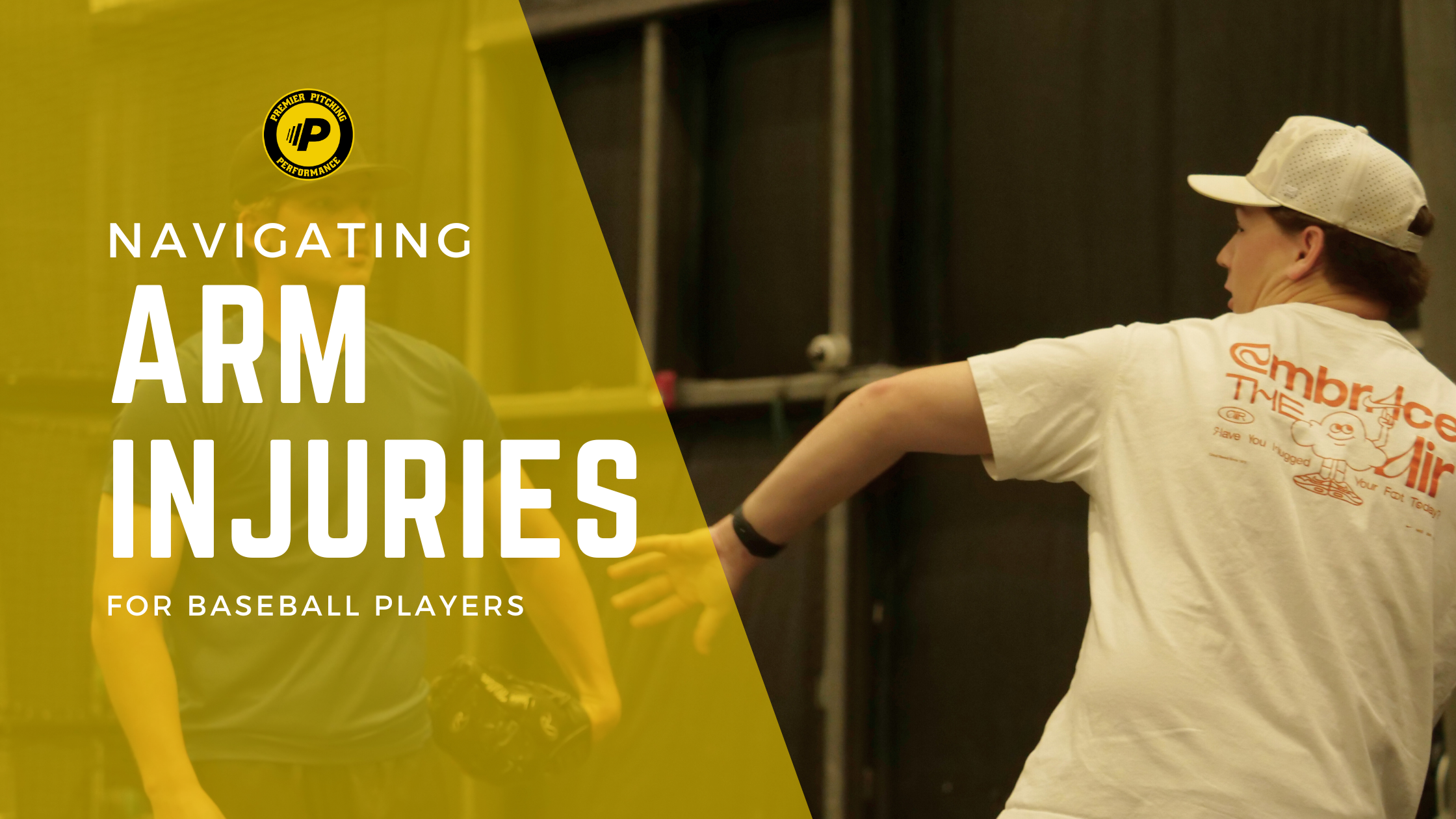Navigating Arm Injuries: A Guide for Baseball Players
For baseball players, especially pitchers, the health of their throwing arm is not just crucial but often defines their career longevity and success. Injuries to the arm can be debilitating, affecting performance and potentially ending careers if not managed properly. Here’s a comprehensive guide on navigating arm injuries for baseball players, focusing on prevention, treatment, and recovery strategies.
Understanding the Risks
Baseball, particularly pitching, places immense stress on the arm, including the shoulder and elbow joints. Common injuries include:
- Rotator Cuff Injuries: Tears or strains in the muscles and tendons that stabilize the shoulder.
- Labral Tears: Damage to the cartilage that lines the shoulder socket.
- Tommy John Surgery: Reconstruction of the ulnar collateral ligament (UCL) in the elbow, often necessary for pitchers.
- Tendinitis and Bursitis: Inflammation in the tendons or fluid-filled sacs around joints.
Prevention Strategies
- Proper Mechanics: Work with experienced coaches to ensure your pitching mechanics are sound and minimize strain on your arm.
- Strength and Conditioning: Develop a balanced strength-training program that includes exercises for the shoulder, elbow, and core muscles.
- Warm-up and Stretching: Prioritize dynamic warm-ups and targeted stretches to prepare your arm for activity.
- Rest and Recovery: Avoid overuse by adhering to pitch count limits and incorporating appropriate rest days into your schedule.
- Listen to Your Body: Pay attention to any signs of discomfort or pain and address them promptly.
Basic Treatment Options
When a baseball player begins to experience arm pain, initial treatment should focus on rest, ice, and over-the-counter anti-inflammatory medications like ibuprofen or acetaminophen to alleviate discomfort and reduce inflammation. It's essential to refrain from activities that exacerbate the pain and to apply ice packs for 15-20 minutes several times a day to the affected area. Compression with a bandage and elevation of the arm can further help reduce swelling and promote healing. If symptoms persist or worsen despite these measures, seeking evaluation by a healthcare professional is advisable to determine the specific cause of the pain and tailor a more targeted treatment plan to facilitate recovery and prevent further injury.
- R.I.C.E. Protocol: Rest, Ice, Compression, Elevation can help manage acute injuries and reduce inflammation.
- Over-the-counter anti-inflammatory medications: ibuprofen or acetaminophen in small doses can help alleviate pain.
- Physical Therapy: Targeted exercises can restore strength, flexibility, and range of motion.
Recovery and Rehabilitation
A baseball player should consult with a doctor as soon as he begins to feel pain in his arm that he cannot manage, especially if the pain persists or worsens despite rest and basic treatment measures like icing. Early consultation can be crucial to accurately diagnose the underlying cause of the pain, whether it's due to overuse, a strain, or a more serious injury like a tear in the rotator cuff or the ulnar collateral ligament (UCL). Prompt medical assessment allows for timely intervention and the implementation of an appropriate treatment plan, which may include physical therapy, modified activity levels, or in severe cases, surgical intervention. Ignoring persistent pain can lead to further damage and potentially prolong recovery time, making early consultation essential for maintaining long-term arm health and performance in baseball.
When returning to gameplay after an injury an athlete should consider these key points:
- Gradual Return to Play: Follow a structured rehabilitation program under the guidance of medical professionals.
- Monitoring and Adjustments: Continuously assess progress and adjust activities as needed to prevent re-injury.
- Mental and Emotional Health: Stay positive and patient during recovery, and seek support if needed.
Long-Term Maintenance
Long-term maintenance considerations for a baseball player following an arm injury are crucial for preventing recurrence and maintaining overall arm health. Consistent adherence to a structured strength and conditioning program, focusing on exercises that target the muscles around the shoulder and elbow, helps maintain strength, stability, and flexibility. Incorporating proper warm-up routines before practice or games and ensuring adequate cool-down and stretching afterward are essential habits to prevent strain and reduce the risk of future injuries. Adopting a balanced approach to pitching or throwing workload management, including adhering to pitch count guidelines and allowing ample rest between sessions, is vital for avoiding overuse injuries. Regular check-ups with healthcare professionals to monitor arm health and address any emerging issues promptly are also recommended. Finally, maintaining good overall physical fitness through proper nutrition, hydration, and adequate sleep supports optimal recovery and performance while reducing the likelihood of re-injury.
- Lifestyle Adjustments: Adopt habits that promote overall health, including proper nutrition, hydration, and adequate sleep.
- Continued Conditioning: Maintain a balanced fitness regimen to keep muscles and joints strong and flexible.
- Regular Check-ups: Schedule routine evaluations with medical professionals to monitor your arm health.
Conclusion
Navigating arm injuries as a baseball player requires a multi-faceted approach, encompassing prevention, treatment, recovery, and long-term maintenance strategies. By prioritizing arm care and being proactive about injury prevention, players can enhance their performance and prolong their careers in this demanding sport. Remember, your arm is your most valuable asset—treat it with care and respect to achieve your full potential on and off the field.
Get Your Pitching Assessment and work with experienced coaches to navigate your return to play with Premier Pitching Performance.
Premier Pitching Performance is here to help you get back on track. By incorporating high level assessments and targeted training, you can optimize your mechanics, manage (or monitor) your workloads and reach your true potential. Our data-driven, remote training programs and experienced coaching staff have helped hundreds of pitchers from high school to pro-level achieve their goals and return to competition.
Fill out the form here to get started with remote or in-house assessments. #DominateTheZone

